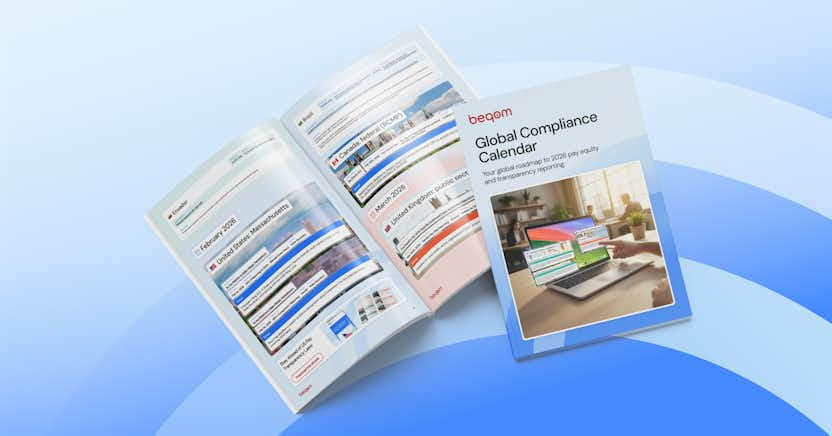Getting Value from People Analytics in Compensation

Learn more about the following beqom products
Compensation management has for years addressed two key issues: one, linking pay and performance, and two, ensuring compensation equity based on an array of demographic factors and data. On the latter issue, Ventana Research’s Total Compensation Management benchmark research finds that nearly eight out of 10 organizations said they analyze compensation equity across demographics or plan to soon. This has rapidly become of paramount importance. Whether deliberate or unintentional, biases that lead to unfair compensation practices can have catastrophic effects on an employer’s brand.
Advances in people analytics can help financial services organizations address these concerns as well as parse compensation anomalies — understanding, for example, unscheduled or above-guideline salary increases for a business unit performing below average. Perhaps in this case, the employees in that business area have skills that are scarce in the market and therefore a special database flag highlights that condition, or it could be that previous salaries were considerably below the market average. In the past, these issues and numerous other compensation-related anomalies were typically identified by exception reports; however, this approach becomes unwieldy and unsustainable when employee populations grow to the hundreds or thousands.
Additionally, in an era of historically low unemployment, employee experience and employer brand have taken center stage. Employees can quickly gather information on competitor pay and benefits practices, so people analytics in compensation are vital for communicating in quantifiable terms the total employer value proposition. Moreover, organizations can frame their value proposition in relation to internal as well as market and industry peers, especially important in financial services and other industries where retention of talent and employee satisfaction is critical.
People analytics have become a valuable part of “what-if” modeling analyses. For example, organizations can assess the cost of paying 10-15% above market average on bonuses vis-à-vis the benefit of reducing key employee attrition or model the consequences of allocating a certain percentage of the bonus pool to the executive team and global business heads.
These analyses can reveal whether there will be adequate bonus funds left for other critical talent segments, such as high-potentials and workforce diversity segments. Analyses also can help determine the bonus and salary increase budgets given different business performance projections.
People analytics deliver a range of compelling benefits in compensation management, thus helping organizations:
- Derive maximum value from the total compensation and rewards spend with respect to attracting and retaining top talent.
- Ensure equity and the legal defensibility of compensation practices and decisions
- Identify and address compensation anomalies or payout errors, which can be material even if it’s not a systemic data issue
- Model alternative scenarios to optimize the total compensation paid to individuals, talent segments and the enterprise overall
- Effectively communicate the employer value proposition to workers
Leveraging people analytics anywhere in an organization, including the compensation arena, requires preparation. To implement analytics-driven compensation forecasting and modeling, an organization must first establish assumptions about new hires and exits and then project the impact on the compensation budget. It must determine the bonus pool needed to satisfy all commitments and reserves required for each quarter, create forecasts for accrual purposes, and predict potential changes in compensation for certain roles as value or the market shifts. Additionally, an organization must ensure that its job titles and job families are well defined and manageable, as compensation market data is typically benchmarked against this information, particularly in industries such as financial services.
Advances in people analytics can help financial services organizations address recruiting and retention challenges as well as parse compensation anomalies.







